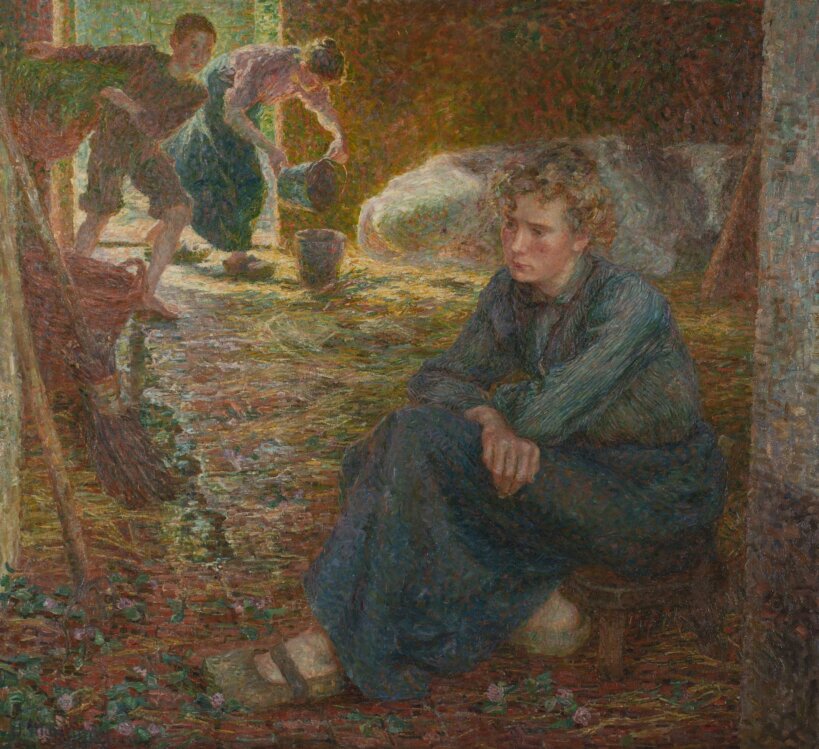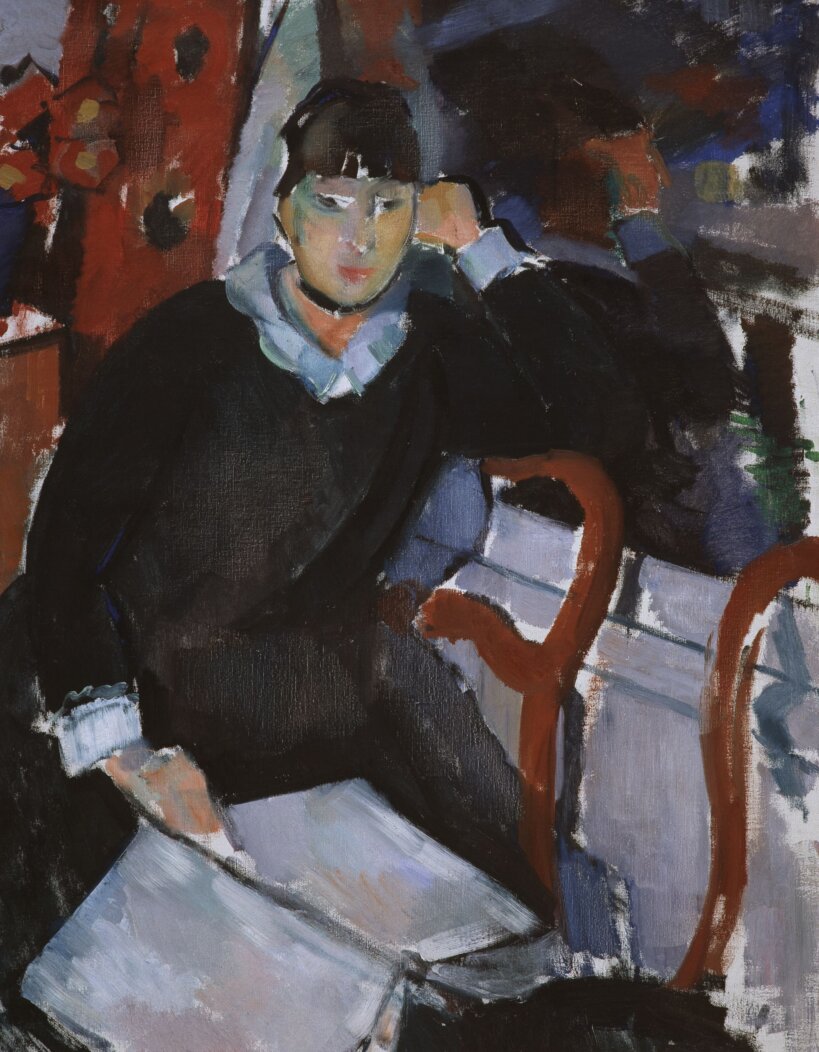What are some examples of things that AI is used for now?
Dries (LMLM): There’s already a lot of AI for text applications. I think everyone has heard of ChatGPT, for example.
Dennis (LMLM): AI has an enormous range of uses. From medical imagery, where it can sometimes see details that the human eye can’t, to the application AlphaGo, which can decisively beat even grandmasters in the game of GO.
Dries (LMLM): And for generating images, of course, which is the first thing that many people think of with AI. The images tended to look a little bit weird in the beginning, but there’s been huge progress since then.
You brought paintings to ‘life’ for the MSK. What does that mean?
Dries (LMLM): We’re experimenting with different applications with Lean Mean Learning Machine. We had been interested for some time in conversational AI, which enables naturalistic dialogue, and then we started thinking about what it could be used for. Neither of us are fans of audioguides, and we wondered whether there was some other way to access the same information without having to listen to a five-minute recording.
Madelein (MSK): We are
fans of audioguides! (She laughs.) But we’re also constantly on the lookout for other ways to make information accessible in the museum. AI was on our radar, and Dries and Dennis showed up at exactly the right time.
Dries (LMLM): AI, and in particular people’s perceptions of AI’s impact on art: that’s a complex conversation. I’m really happy that the MSK is thinking about this in a broader context, and that it understands that AI can play a role in support of art rather than simply churn it out. In general I see that museums are still taking a cautious approach. We hope this project will show that AI can have a place in museums, and that it doesn’t necessarily threaten art, but can make art more visible and accessible.
Madelein (MSK): AI is already everywhere, and we’re not going to be able to keep it out of museums. So it’s better to start thinking about the best way to use it in museums.




